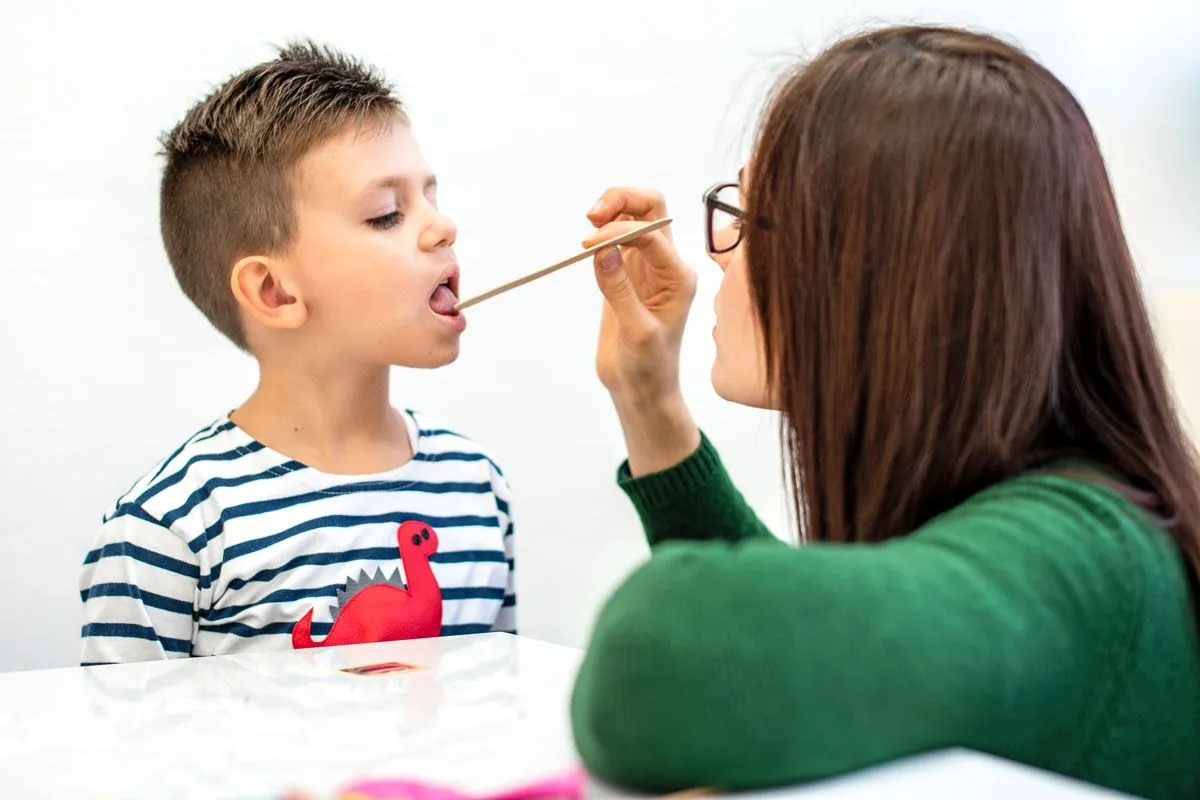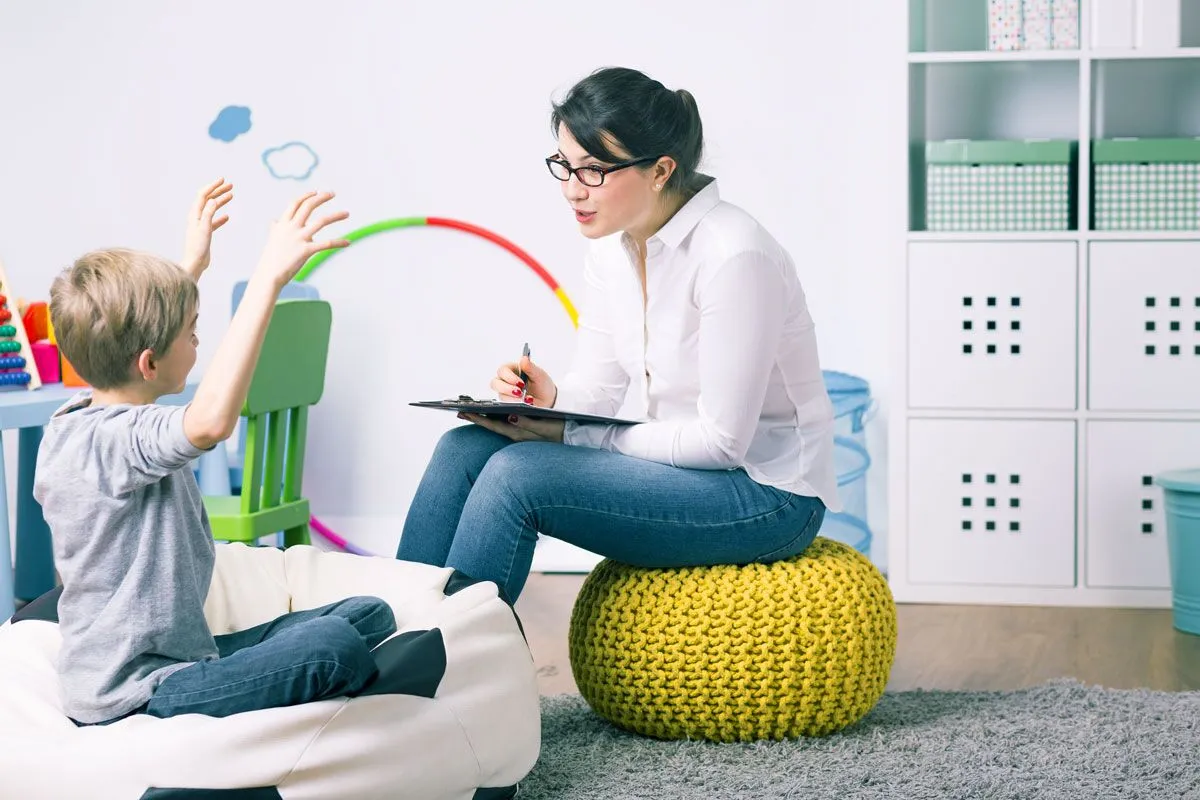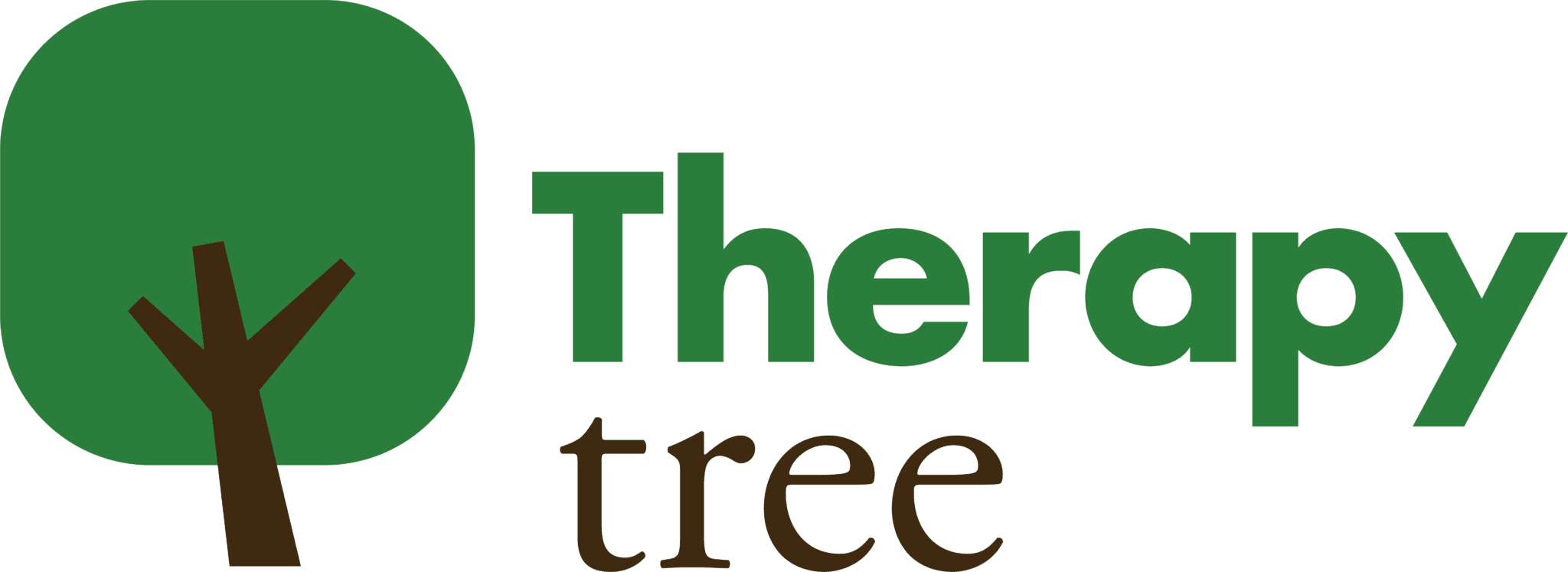
Part 1: A Quick Screening
Part 2: The Initial Assessment
1. An Oral-Mechanism Exam


2. An Informal Assessment
Now, this part often looks more like a conversation, observation, or playtime than a professional evaluation. But in reality, the SLP uses this time to learn more about how your child articulates words, puts sentences together, and processes questions.
3. A Formal Assessment
- Speech sound fluency: Your child will be asked to name a variety of pictures. The therapist, in the meantime, transcribes your child’s speech sounds using phonetics to see if they make any sound errors
- Expressive and receptive skills: Your child will be asked specific questions to see how well their language skills are developing
- Pragmatic skills: Different therapists use different tests to assess social language skills at this point
- Feeding skills: Most therapists give your child foods with different textures to evaluate their feeding skills, including biting, chewing, and swallowing
- Reading and writing skills: The therapist will ask your child to read a page of a book and then write their thoughts on it to showcase their reading and writing skills
Once the SLP is done with the formal assessment, they will present you with an evaluation report.


Part 3: The Evaluation Report
After thoroughly testing your child’s speech skills, the SLP will compile all the gathered information and summarize it in a formal report.
The report will contain a brief description of each area of assessment and its findings.
Based on those findings, the therapist will determine if therapy is necessary. If your child does need speech therapy, the SLP will develop a tailored plan for treatment and present you with its details.
We hope the worries you had about your child’s first speech therapy evaluation are now gone. If you still have any questions, our team of speech-language pathologists is here to help.
